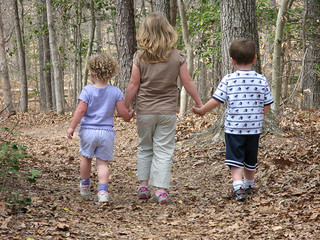Mountainsmith Morrison 2 Person Tent
This two person tent maintains quality standards while appealing to those looking for a budget camping tent.
Click here for price, and find out about free shipping.
The name Mountainsmith tents might have triggered a memory for readers of magazines devoted to the outdoors.
They were awarded the 2011/2012 Backpacker Magazine Gear Guide “Killer Deal!” and 2011 Outside Magazine “Killer Value!” awards.
We have to agree that, for its kindness to the wallet, this product rates highly in the 2 person tent category.
This tent has a generous floor space and can accomodate two average size people comfortably.
It’s length leaves good leg room for those in the six foot plus range in height.
So saying, we still believe the standard two man tent layout best suits one individual, if you want to keep your backpack inside.
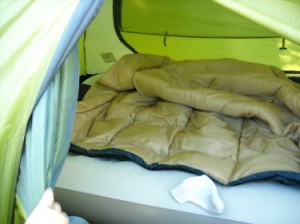
Comfy for one, snug for two
The best rating would be: comfortable for one, snug for two.
But what helps greatly in a two person situation is the two doors and two vestibule set up.
No more elbows in the ribs or a knee to the chin when the one with the weaker bladder needs to exit in a hurry.
A solo camper will have plenty of access, even with a bit of extra gear stowed inside, and protected from the elements.
You never know what might crawl into your boots or backpack if left outside.
The Mountain Smith people make every effort to cater to the storage situation with the inclusion of ample mesh pockets for your sundry items, like wallet, watch flashlight etc.
There is also a removable gear loft. Although some campers suggest it hangs a little too low and stops you from sitting up conveniently. It’s easily detached and left at home if it becomes a bother.
The Mountainsmith Morrisson boasts plenty of features for a tent in the budget range.
Features include:
- A 2-door/2-vestibule configuration.
- Workable genuine two person layout.
- Rated a three season tent.
- Tent fly with ventilation windows.
- Bathtub floor design.
- Taped floor seams.
- Mesh wall panels.
- Detachable ceiling loft storage.
- Interior mesh storage pockets.
- Clip-pole attachment for lighter weight.
- Reflective guy lines with tension lock cord adjustment.
- Quality YKK® Zippers.
- Set-up instructions are printed on the stuffsack.
Generous dimensions:
92″ x 56″ x 43″ i.e (234cm x 143cm x 110cm).
18″ x 7,5″ i.e. (46cm x 19cm).
Floor area:
35 ft² i.e. (3.25 m²).
Vestibule area:
17 ft² i.e. (1.6m²).
Peak height:
43″ i.e. (110 cm).
Trail weight:
4 lbs 11 oz. i.e. (2.3 kgs).
Packed weight:
5 lbs 8 oz. i.e. (2.5 Kgs).
An accessory we recommend is the tough water resistant foot print, which can be purchased separately.
We realize the whole idea of a trail tent is to keep the weight down, but this thing weighs just 9 ozs or .25 grams.
It would add to your comfort and prolong the life of your new tent.
An economical option would be to buy a cheap nylon tarp to put under the floor when setting up camp.
Just remember to tuck the edges in under the tarp so that the edges do not stick out from the sides of the tent.
This will stop water pooling underneath.
Some argue that the Morrison is a little heavier than other dedicated 2 person backpacking tents.
But this comparison is made unfairly with hiking tents in a much higher price bracket.
For a newbie to trail tents, or those on a budget, it is very easy to recommend the Mountainsmith Morrison 2-person 3-season tent.
It’s a great entry level product and for the casual camper there would be no need to look further.
The weight should be no issue to the average fit person. If it is a concern, split the weight between two.
You could always same an ounce or two by removing the fabric which can be zipped over the mesh section of the doors. Or detach, and leave behind, the ceiling storage loft.
Just keep in mind before discarding the extra door fabric, that it is a feature designed to help regulate temperature and adds to your comfort.
The Morrison is ideal for the car if you are constantly pulling up stakes and moving on.
The same goes for those who favor motorcycles or bicycles, and need there accomodation to fit the panniers on your bike.
A benefit for the two-wheeled brigade, is that the poles break down into an easily stored 18 inches.
We reckon you can hit the trail with confidence in this three-season hiking tent.
A feature of the Mountainsmith Morrison is that it is sturdy enough to be used in all
but the harshest winter conditions.
The tent fly ventilation windows and bathtub floor design make it suitable for camping in warmer, arid situations.
The two door set-up and ample mesh makes sure you get the right airflow to disperse the hot air.
It handles windy conditions, as well as rain. All you need think about is to use all the lines and velcro that is supplied.
The poles and stakes are made of sturdy aluminium, not fiber glass.
Don’t just take our recommendation, click here to read what others have to say.
The Mountainsmith Morrison is a very easy to set up tent
Ease of set up has to rank as a prime feature of this budget 2-person tent. One would need only a few minutes to have it erected.
The instructions are printed on the stuffsack, so are pretty hard to misplace. But even though it is easy to set up and take down, we would recommend you put it up in the comfort of home before taking to the trails.
You wont find it difficult, but you’ll gain confidence for when you’re on the trail.
- Components feature color-coding, so all you need do is match them up.
- There are only two poles. One is silver, the other anodized gold, and they click into place with little effort.
- The aluminium poles are tough and lightweight, so wont damage easily.
- Follow the corresponding colors on the relevant clips, and simply slide the poles through.
- Then stake out the corners of your tent and insert the poles into the grommets by matching the colors.
- Keep matching the colors, and attach the tent clips to the poles.
- Now its time to attach the fly to the tent . It’s simple, because the webbing attachments on the corner of the fly corresponds with the webbing on the tent itself.
- Now you are ready to peg out the front and rear guys to create the vestibules.
- Finally, peg out the remaining guy lines, and simply adjust by using the handy tension locks.
- Vents on either side of the fly can be adjusted to reduce or increase airflow to keep you cool or reduce condensation.
- You will find the whole process pretty intuitive, even if you are a complete beginner to camping.
It really is hard to find many negatives with the Morrison 2 person tent, especially at the price.
As befits a hiking tent, the tent stakes are small and lightweight.
The stakes have a “v” shape and well designed to secure guy lines or tie down straps.
Zippers can be a weak point, especially in budget tents, but thankfully Mr. Mountain Smith has opted to use quality Japanese made YKK® zippers.
Reflective guy lines are a bonus if you need to set up, or move around at night.
The tension lock cord adjustment helps keep things trim, taught and terrific.
Probably the main gripe is that the vestibules could have been a bit more roomy.
Mountainsmith have a good reputation for being responsive to the needs of their customers
and are a dedicated outdoors specialist, with an inspiring blog at www.mountainsmith.com/blog/
For ease of set up and value for money, we think Mr. Mountain Smith has done a great job with the Morrison two person 3 season tent.
For the current Mountainsmith Morrison 2 person tent price, and free shipping, details click here.

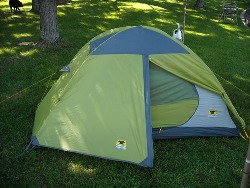
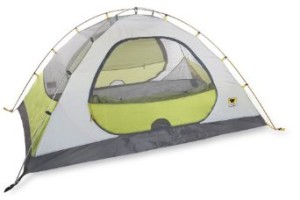
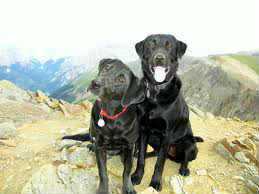
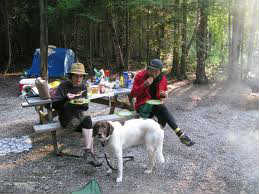

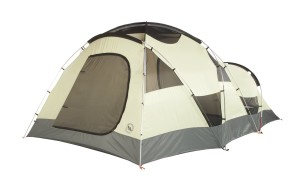

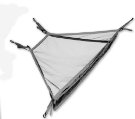
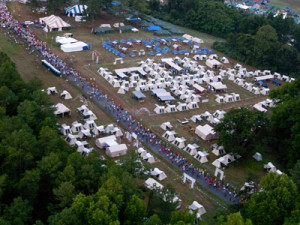
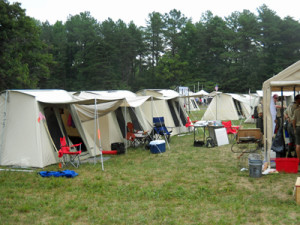
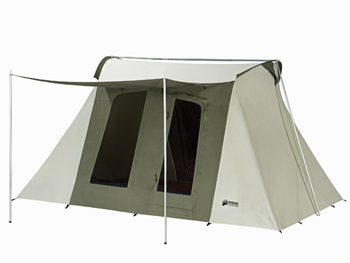
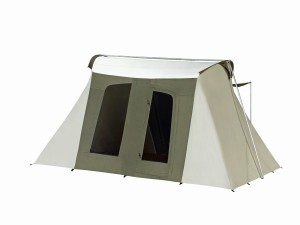
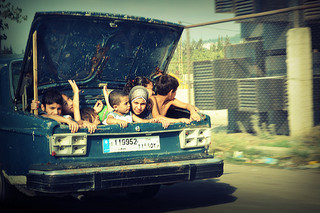
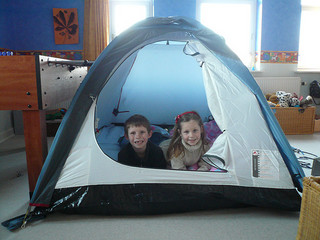 suitable room. You could use some clothes pegs, string and old sheets or blankets draped over a table. They will think it is great fun. A lot of kids will want to sleep over in their home-built camps. It givesthem an idea what a camping trip is all about, and lessens the fear of being outdoors overnight for the first time.
suitable room. You could use some clothes pegs, string and old sheets or blankets draped over a table. They will think it is great fun. A lot of kids will want to sleep over in their home-built camps. It givesthem an idea what a camping trip is all about, and lessens the fear of being outdoors overnight for the first time.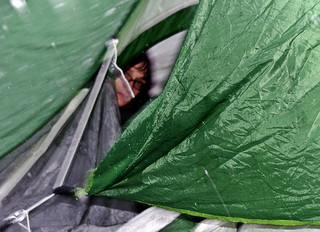 necessary. They are very cheap and take up little room.
necessary. They are very cheap and take up little room.